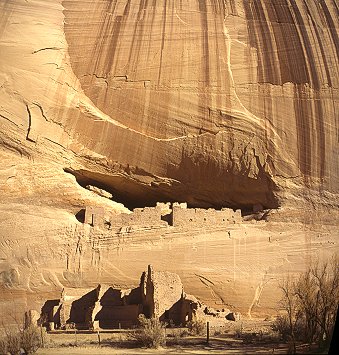We found the way trough narrow wood-housing and cobble stone roads, not to forget the crammed streets between concrete walls before the site suddenly appeared.
This loving space: a green garden with berry-bushes and white flowers laying solid at the end of a slope, the green grass that will soon be transformed into a protected football field on sunny days. This amazing and revealing fruit garden welcomed us and we immediately felt at home.
 The hut is placed very solidly in the palm of a tree, holding and supporting the four walls that contains only wooden plank, the roof revealing itself as a more rational construction since it contains a dark green plastic coat, folded around the corner and tightened with a rope. This roof happens to be completely perfect for the rainy climate we have to fight here on the west coast of Norway.
The hut is placed very solidly in the palm of a tree, holding and supporting the four walls that contains only wooden plank, the roof revealing itself as a more rational construction since it contains a dark green plastic coat, folded around the corner and tightened with a rope. This roof happens to be completely perfect for the rainy climate we have to fight here on the west coast of Norway.
Even though the position of the tree is close to a passing asphalt street, and traffic moves by, it is still a very protected and sealed off area.
It is needless to say that the builders of this site have spent a great deal of time to establish the calm and sensible atmosphere that the hut exists in, we suspect they may have constantly returned to the location to be present in this wonderful ambience.
Sadly we cannot recall observing any artifacts telling us anything about the builders’ use of the hut nor any evidence of spatial organization.











